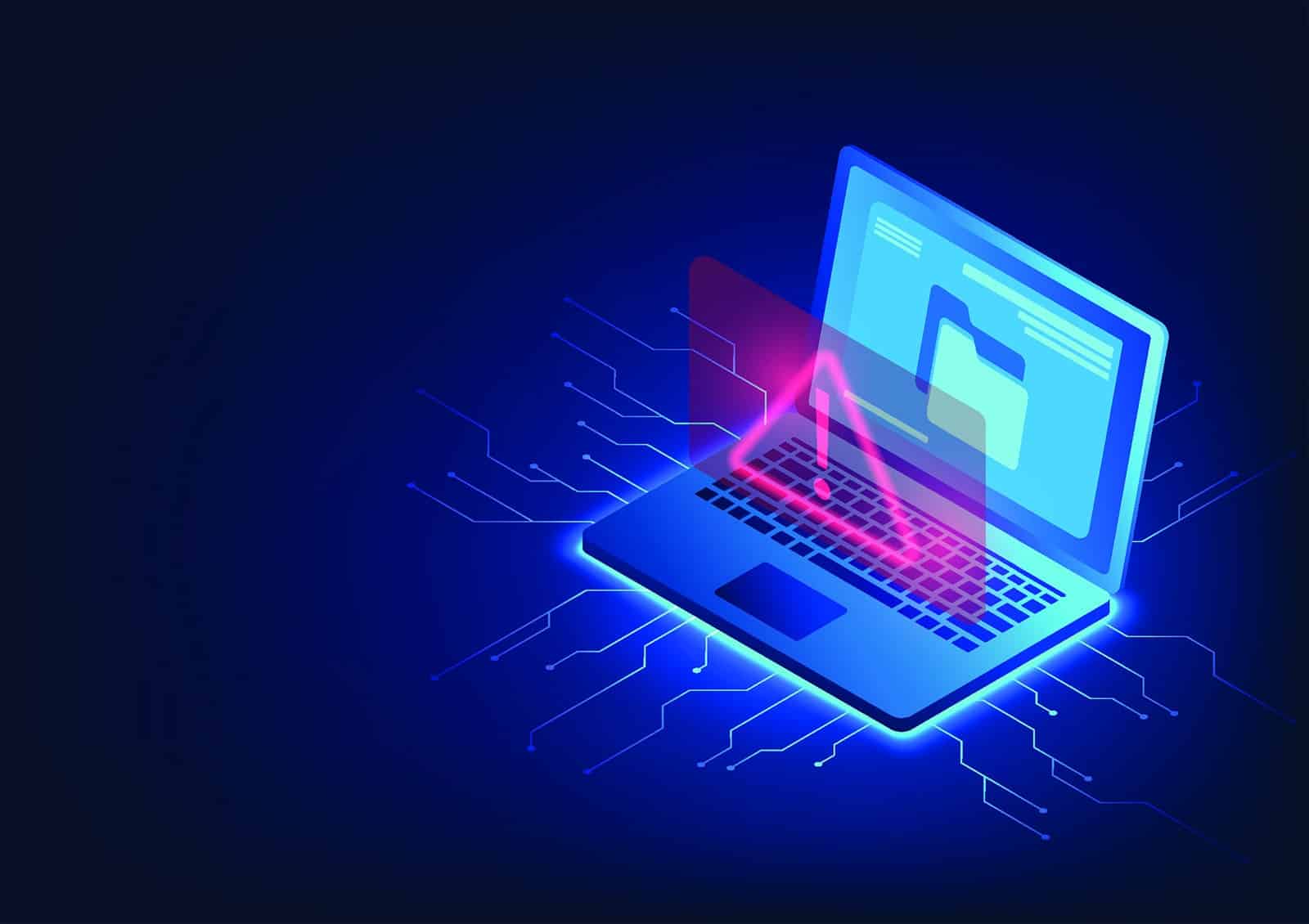Introduction: The Rising Cost of IP-Based Fraud
Online fraud has evolved into a highly sophisticated threat, with criminals using advanced tactics such as proxies, VPNs, and rotating IP addresses to mask their activities. This level of sophistication often outpaces traditional defenses, such as blacklists and VPN detection, leading to false positives and allowing malicious actors to slip through.
Recognizing the need for deeper context in the fight against fraud, Digital Element’s Intelligent IP Characteristics (IPC) helps bridge the information gap. By enriching IP intelligence with behavioral and contextual signals, IPC transforms static data into a dynamic, real-time risk profile. This empowers businesses to identify threats earlier and with greater accuracy, all while respecting user privacy and regulatory compliance.
What Is IPC?
IP Characteristics (IPC) is not just another fraud detection tool. It’s Digital Element’s proprietary metadata that enriches IP address geolocation with unique context and behavioral insights. By analyzing patterns such as activity, location stability, movement range, and activity, IPC creates a dynamic risk profile that goes far beyond traditional IP checks.
Unlike many fraud tools, IPC delivers this intelligence without relying on personally identifiable information (PII) — helping businesses strengthen fraud detection while maintaining user privacy and regulatory compliance.
Breaking Down the Four Dimensions of IPC
Fraud detection powered by IPC evaluates four key dimensions:
- Activity – How many devices connect to the same IP?
- Dozens of devices on one IP address may indicate shared networks or anonymization services.
- Example: A residential IP tied to one device appears normal; one tied to 150 devices in an hour likely indicates abuse.
- Geolocation – How many distinct locations are associated with the IP?
- Too many inconsistent locations can indicate spoofing or account sharing.
- Example: An IP address associated with multiple cities or countries over the course of a month could suggest shared or anonymized usage.
- Range – The distance between observed locations.
- Broad, rapid jumps often reveal VPNs or proxies.
- Example: An IP moving thousands of miles in minutes is almost certainly masked.
- Location Persistence – How long an IP remains tied to a location.
- Low persistence may signal botnets or rotating proxy infrastructure.
- Example: An IP that changes cities every few minutes is unlikely to belong to a legitimate customer.
Together, these dimensions create a layered IP risk profile that helps systems distinguish between genuine users and suspicious actors.
Deterministic vs. Probabilistic Data
Not all fraud signals carry the same weight. IPC combines deterministic and probabilistic intelligence to provide a more complete picture of network behavior.
Deterministic data reflects verifiable truths — clear, measurable signals that confirm fraud or legitimacy with high certainty.
- Example: If an IP address is observed in Paris and Sydney within minutes, it’s definitive evidence of manipulation.
Probabilistic data reflects patterns of likelihood — behaviors that suggest risk but aren’t absolute on their own.
- Example: An IP that frequently shifts between nearby cities or shows unusually high device activity may indicate shared usage or a VPN, but it requires supporting context before labeling it as fraudulent.
By blending these two approaches, IPC helps businesses move beyond binary “safe or risky” decisions. This combination minimizes false positives — allowing legitimate users to pass through friction-free while still catching sophisticated threats early.
Why IPC Matters for Fraud Scoring
Adding Context to the IP Address
A raw IP provides limited insight. IPC enriches it with activity, persistence, and geolocation data — turning static numbers into actionable signals.
Strengthening Risk Models
Each dimension contributes a unique context:
- High Activity: May initiate shared or one-to-many connections, such as mobile data networks, or the use of a proxy or VPN service.
- Wide Distance Range: Reflects IP volatility, which can be flagged and checked against additional metadata, such as connection type, to detect unusual behavior.
- Low Persistence: Indicates when an IP address’s location is not stable over time, potentially suggesting VPN/proxy usage or other one-to-many network connections.
- Geolocation Mismatches: Highlight potential suspicious activity when observed IP locations do not align with expected patterns.
By weaving these insights into fraud scoring, businesses strike the right balance between security and seamless user experiences.
Practical Applications
Account Takeover (ATO) Prevention
If an account usually logs in from Chicago but suddenly appears in Eastern Europe with low persistence, data from IPC can help teams identify the anomalous behavior. Businesses can then trigger MFA or block the attempt.
Payment Fraud Detection
Transactions tied to IPs with abnormal activity or mismatched locations can be stopped before payment is processed, thereby reducing chargebacks and protecting revenue.
Bot and Automation Detection
Bots run credential stuffing, fake signups, and scraping campaigns. IPC’s activity, persistence, and range metrics expose non-human behavior, helping businesses block bots without frustrating real users.
Risk-Based Authentication
IPC enables adaptive security:
- Low risk: A stable residential IP with consistent behavior → smooth checkout.
- High risk: Sudden range jumps or mismatched geolocation → extra verification or block.
The IPC Advantage with Digital Element
Global Reach, Local Accuracy
Powered by over 350 billion unique observations from 1.1 billion devices, IPC covers 995 million active IP addresses across 243 countries, ensuring global reach with local accuracy. This scale ensures coverage while preserving local accuracy, so a legitimate customer traveling abroad isn’t penalized, while spoofing is still caught.
Seamless Integration
IPC integrates with Digital Element’s broader portfolio — including NetAcuity, Nodify, and LocID — enabling businesses to layer IP intelligence with identity resolution.
Building Trust While Fighting Fraud
Fraud prevention isn’t just about blocking threats. It’s about protecting customers while maintaining smooth experiences. IPC helps apply stronger checks only when needed, improving loyalty and safeguarding revenue.
Final Thoughts
Fraud prevention can’t rely on static IP address geolocation alone. Today’s threats demand a multidimensional approach that combines GPS-based determinism with probabilistic analysis. Intelligent IP Characteristics (IPC) delivers that balance — reducing false positives, improving customer experiences, and strengthening fraud models.
From stopping account takeovers to reducing chargebacks and detecting bots, IPC equips organizations to stay ahead of modern fraud while protecting revenue and trust.
👉 Ready to see IPC in action? Request a demo and explore how seamlessly IPC integrates into your fraud prevention strategy.
FAQs
What makes an IP address suspicious with IPC?
Unusually high activity, wide geolocation ranges, low persistence, or mismatches with user data all raise IPC’s fraud score.
Can IPC reduce payment fraud and chargebacks?
Yes. By scoring IPs in real time, IPC helps companies flag risky transactions before they’re processed — lowering chargebacks and protecting revenue.
How does IPC enhance traditional IP checks?
Instead of relying on static blacklists, IPC applies machine learning across multiple IP traits, offering higher accuracy with fewer false positives.
What are the benefits of IPC for fraud scoring?
- Greater accuracy in detecting threats
- Fewer false positives → less customer friction
- Real-time risk assessment
- Better balance between security and user experience
How do businesses implement IPC?
Implementation is straightforward. IPC can be integrated via API into existing login or checkout flows, allowing risk scores to drive security decisions — from triggering MFA prompts to automatically blocking suspicious transactions.




